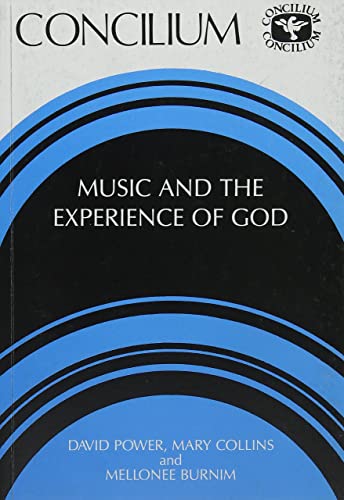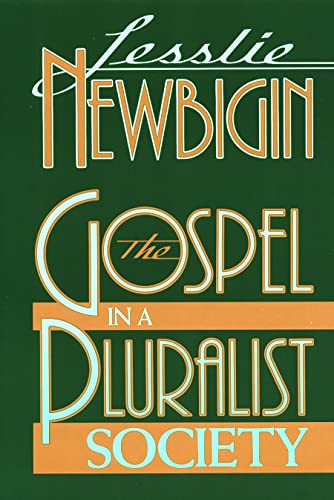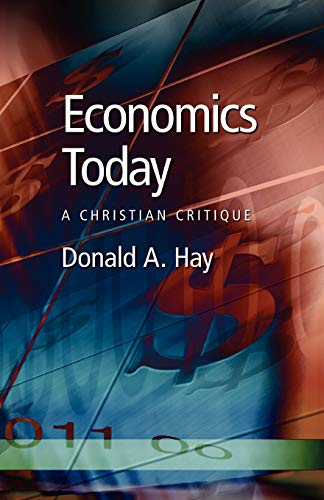Abraham in Galatians. Epistolary and Rhetorical contexts
Written by G.W. Hanson Reviewed By D.R. de LaceyPaul’s use of the Abraham narratives of Genesis is a significant part of the argument of his letter to the Galatians. Hanson’s study seeks to draw out the logic of this use within the context of the letter as a whole. For this reason the book presents us with far more than just a discussion of the relevant sections. Indeed, it falls naturally into five separate parts, each able to be read independently of the others, though together forming a coherent discussion of the argument of the whole epistle.
The first provides structural analyses of the letter from several perspectives, both epistolary and rhetorical. Hanson’s concern to place the letter within the context of real letters of the first century, and his stress on the significance of rhetorical structure (as distinct from mere supposed parallels), is to be warmly welcomed, and enables him to explore the coherence of Paul’s argument in a way which marks a significant advance. With close attention to the text of Galatians, Hanson explores both the analyses of previous scholars (particularly H.D. Betz and J.Bligh), and the various rhetorical methods used by Paul’s contemporaries.
His trenchant criticisms of weaknesses of Betz’ analyses lead him to suggest a rather different rhetorical model for Paul’s letter: that of a ‘rebuke-request’ letter. This has three advantages over Betz’ ‘apologetic’ letter. It gives full weight to the fact that this is a letter, not a law-court speech; it is well-attested in the surviving materials of the first century; and it is flexible enough to permit the inclusion in the analysis of various sections which fit ill in Betz’ model, not least the two chapters containing the Abraham material. Since the request begins at 4:12, the second Abraham passage functions as part of this latter section. This will lead Hanson to his own specific analysis of its significance.
In the second part Hanson turns to the two Abraham sections (3:1–29; 4:21–31), building upon the logical structure developed in the first part. The logical developments of the two sections are explored, and their different rhetorical modes, reflecting their different functions (one in the Rebuke, the second in the Request), are examined. The major break at 4:12 means that the second is by no means a mere appendage to the earlier argument, but rather ‘was carefully crafted by Paul to add biblical weight to his request that the Galatians protect their freedom in Christ by expelling the troublemakers’ (p. 154).
However, one major question seems to remain unanswered. If rhetoric is the art of persuasion we need to ask not just about the various techniques used, but also about their persuasive value. If Paul is facing a church which has already been persuaded by the opponents, one might be justified in wondering how cogent they would have found Paul’s tactical redefinitions of the key terms, his radical reinterpretations of the key texts. Could he reasonably have expected them to accept the logic of his position? The answer must presumably be Yes, but it is not clear from Hanson’s study how this might be so. In that, though, Hanson’s study is no worse than any others in the field.
Three appendices discuss the opponents’ use of the Abraham traditions, Abraham in Jewish literature, and the relationship between Paul and Jewish exegesis. Again, much to be welcomed is Hanson’s awareness that any persuasive context for Galatians must indicate how the Galatians could ever have been persuaded to accept a custom so offensive as circumcision was felt to be in the Graeco-Roman world (Appendix 1), though his sketch could helpfully have been fleshed out in the context of the contemporary social situation.
As an introduction to Galatian issues, this book functions better than many commentaries. Rarely does Hanson allow himself to become bogged down in details, maintaining a broad sweep of perspective which allows us to see where he thinks Paul is going. The appendices add helpful discussions of other key issues.
D.R. de Lacey
Tyndale House, Cambridge






